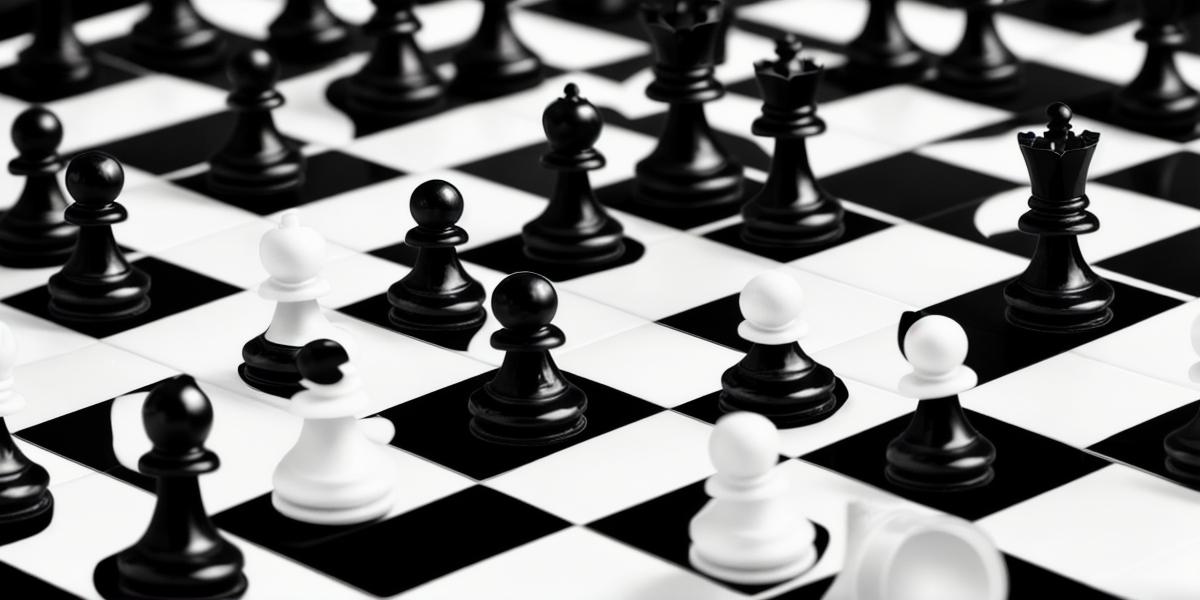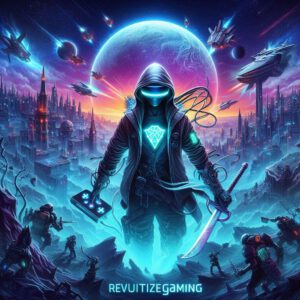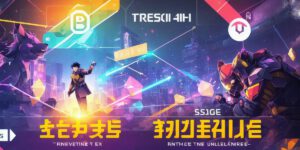In recent years, non-fungible tokens (NFTs) have gained immense popularity as a way to own unique digital assets. From art to collectibles to even virtual real estate, the possibilities for NFTs are endless. But did you know that chess NFT games are also becoming increasingly popular? In this article, we’ll explore what a chess NFT game is and how it works, and why it matters for NFT developers.
What is a Chess NFT Game?
A chess NFT game is essentially a digital version of the classic board game, where players can own unique pieces and compete against each other in real-time. These pieces are represented as NFTs, which means that they are unique and cannot be exchanged for anything else.
In addition to the traditional rules of chess, chess NFT games often incorporate elements from blockchain technology, such as cryptocurrency and smart contracts. For example, players can earn cryptocurrency by winning matches or completing specific tasks within the game. Smart contracts can also be used to manage the ownership and transfer of NFT pieces between players.
The Benefits of Chess NFT Games for NFT Developers
There are several reasons why chess NFT games are becoming increasingly popular among NFT developers. Here are just a few:
- Increased Engagement: Chess is a well-known and popular game, which means that there is already a built-in audience for chess NFT games. By incorporating blockchain technology and NFTs into the game, developers can create a more engaging and interactive experience for players, which can lead to increased retention and loyalty.
- Unique Assets: Chess NFT games allow players to own unique pieces that are represented as NFTs. This creates a sense of scarcity and exclusivity that can be highly attractive to collectors and investors. In addition, the use of blockchain technology means that ownership of these assets is secure and tamper-proof.
- Monetization Opportunities: Chess NFT games can provide a variety of monetization opportunities for developers. For example, players can earn cryptocurrency by winning matches or completing specific tasks within the game. In addition, NFT pieces can be sold or traded on secondary markets, providing an additional revenue stream for developers.
Real-Life Examples of Chess NFT Games
There are already several successful chess NFT games on the market. Here are a few examples:
- ChessCoin: ChessCoin is a blockchain-based chess game that allows players to earn cryptocurrency by winning matches or completing specific tasks within the game. The game also features unique NFT pieces that can be collected and traded on secondary markets.
- CryptoChess: CryptoChess is another popular chess NFT game that incorporates blockchain technology and NFTs into the gameplay experience. In addition to traditional chess rules, players can also earn cryptocurrency by completing specific tasks within the game.
- Chess Monsters: Chess Monsters is a chess-themed collectible card game that features unique NFT pieces representing different types of chess monsters. Players can collect and trade these pieces on secondary markets, or use them to battle against other players in the game.
Conclusion
Chess NFT games are an exciting new way for developers to create engaging and interactive digital experiences while also leveraging the benefits of blockchain technology and NFTs.



